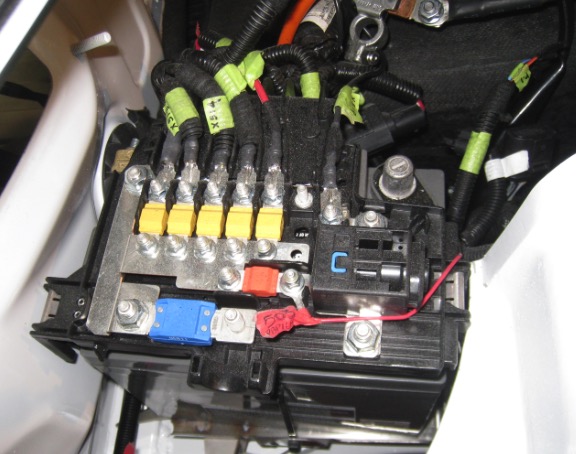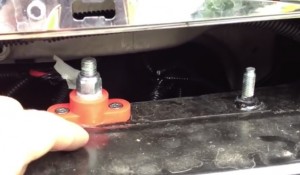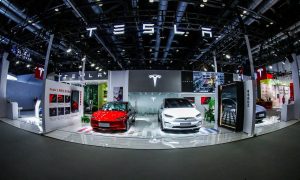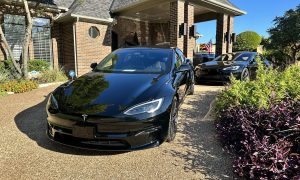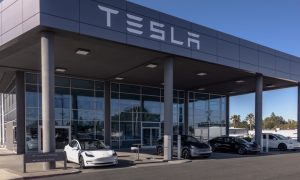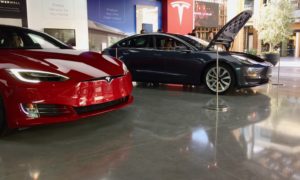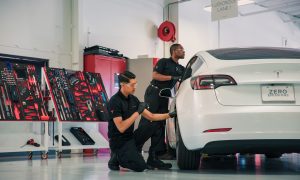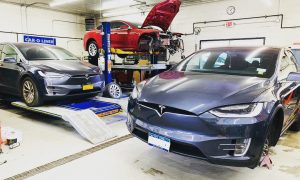Lifestyle
Understanding the Tesla 12V Battery Service Warning

During the time when I was sitting on the sideline waiting patiently for delivery of my Model S, I read up on pretty much anything and everything related to the vehicle. I remember reading about 12V battery failures on the Model S, something Elon himself even commented on during one of the earnings calls.
RELATED: Tesla Model S 12V Lithium-Ion battery replacement (up to 70% lighter, 4x life)
It was reported that Tesla had chosen a poor vendor for the 12V battery which impacted early Model S owners but apparently this issue is still happening across later production vehicles. My Model S as well as several others that I personally know of received the 12V battery service indicator. For me this took place after 7 months and 18,000 miles of ownership.
Purpose of the Tesla 12V battery
The 12V battery in the Model S performs many of the same duties as it would in any internal combustion engine (ICE) car.The connections to the 12V battery on a Model S appear to be a bit more complex than in a traditional ICE as seen in the following picture (source: TMC forum).
RELATED: Why Tesla’s lead acid 12V battery needs to be lithium-ion based
The 12V battery maintains power for critical systems when the main battery pack is damaged or disabled. It powers the hazard lights, airbags, door locking and unlocking operations, as well as other critical componets of the Model S. The 12V battery also ensures that electronics are “awake” and listening to the key FOB in order to automatically lock and unlock the vehicle based on proximity. It also allows the car to maintain its 3G connection for remote access when the rest of the vehicle is powered off. If the 12V battery happens to fail, it will isolate the main battery pack from the car and prevent charging. This is a safety feature of the Model S designed to help protect first responders in the event of an accident.
What does my warning mean?
The “12V Battery Needs Service” warning can indicate a number of problems and the only way to truly understand the reason for the alert is to call Tesla Service (they’re available 24×7) and have them pull the logs. This is something that Tesla service can diagnose remotely.
In severe cases Tesla Service will tell you to stop driving the car, but generally it’s an indication that the voltage level has dropped below a certain threshold but the vehicle can continue to operate normally until replaced. In the rare event that the the 12V battery dies while driving, the car will become disabled and will require a jump start to power on again. Our friend Kman has a good video on getting access to the terminals behind the nosecone to jump start the 12V, but please consult Tesla service and take caution before attempting this on your own.
Depending on the severity of the issue, there may be a 2-3 week lead time before Tesla Service replaces the 12V battery.
Many owners manage to get the battery replaced quickly, but in my case a busy Tesla Service Center combined with the fact that it was Thanksgiving holiday during a snowy New England week, had me driving with the warning light on for almost 2 weeks (about 1,000 miles) without encountering any issues.
Another interesting point to note is that Tesla may call you before you even see 12V battery service warning. Multiple owners have reported this proactive stance in advance of a warning which is great to see. Evidently Tesla’s early warning threshold is supersedes the trigger that kicks off the dash indicator.
Why are the 12V batteries failing?
Some owners are on their 3rd 12V battery already. Many others are reporting failures at the 1 year mark. In ICE cars you can normally expect about 4 years of life before needing to replace the 12V battery which begs the question – why are Tesla 12V batteries failing?
Some of the failures have been in the DC to DC converter that charges the 12V battery through the main battery pack. That converter can be seen as an equivalent to the alternator in your traditional ICE car. However, this doesn’t seem to be the main cause of the 12V battery failures. Current conjecture is that vampire load and the excessive strain on the 12V are causing the reliability issues.
Tesla may have a lingering design issue in their use of the 12V battery.
From my reading, I think they upgraded the quality of the battery in the earlier models but we’re still facing the same underlying design issue in the way the 12V is stressed. Can Tesla fix the way the 12V battery is used with software updates alone? We don’t know, but fortunately they’re taking care of all of the replacements in the meantime. Unless they can address it remotely via software updates, there could be a factory “recall” brewing (and I use this term loosely).
Either way, Tesla should be more upfront about these issues and let owners know what they’re doing to address the underlying problem.
Getting the 12V battery serviced
From everthing I’ve heard and experienced through my own Model S, the replacement including labor and parts is 100% covered by Tesla.
Tesla Service can handle the replacement at your location, but given the poor weather conditions here in New England, I opted to have them pick up my Model S and do the replacement in the comfort of their own Service Center. They were able to service it within the same day, and to Tesla fashion they also updated/fixed a bunch of other minor things for free, while at it.
Summary
The 12V battery is a relatively inexpensive part in the Model S and is fairly simple to replace, but the bigger concern is why they seem to be failing so quickly. It isn’t a major issue for now but certianly something we should continue monitoring as concerned Model S owners.
I’ve started a poll over on TMC to see what kind of failure rate we’re seeing on the 12V battery so feel free to contribute to it or use it as a way monitor progress. So far over 75% of respondents have had their 12V battery replaced within 2 years.
Lifestyle
Elon Musk seemingly confirms Cybertruck gift to 13-year-old cancer fighter
Diagnosed in 2018 with a rare form of brain and spine cancer with no cure, the teen has undergone 13 surgeries by the time he was 12.
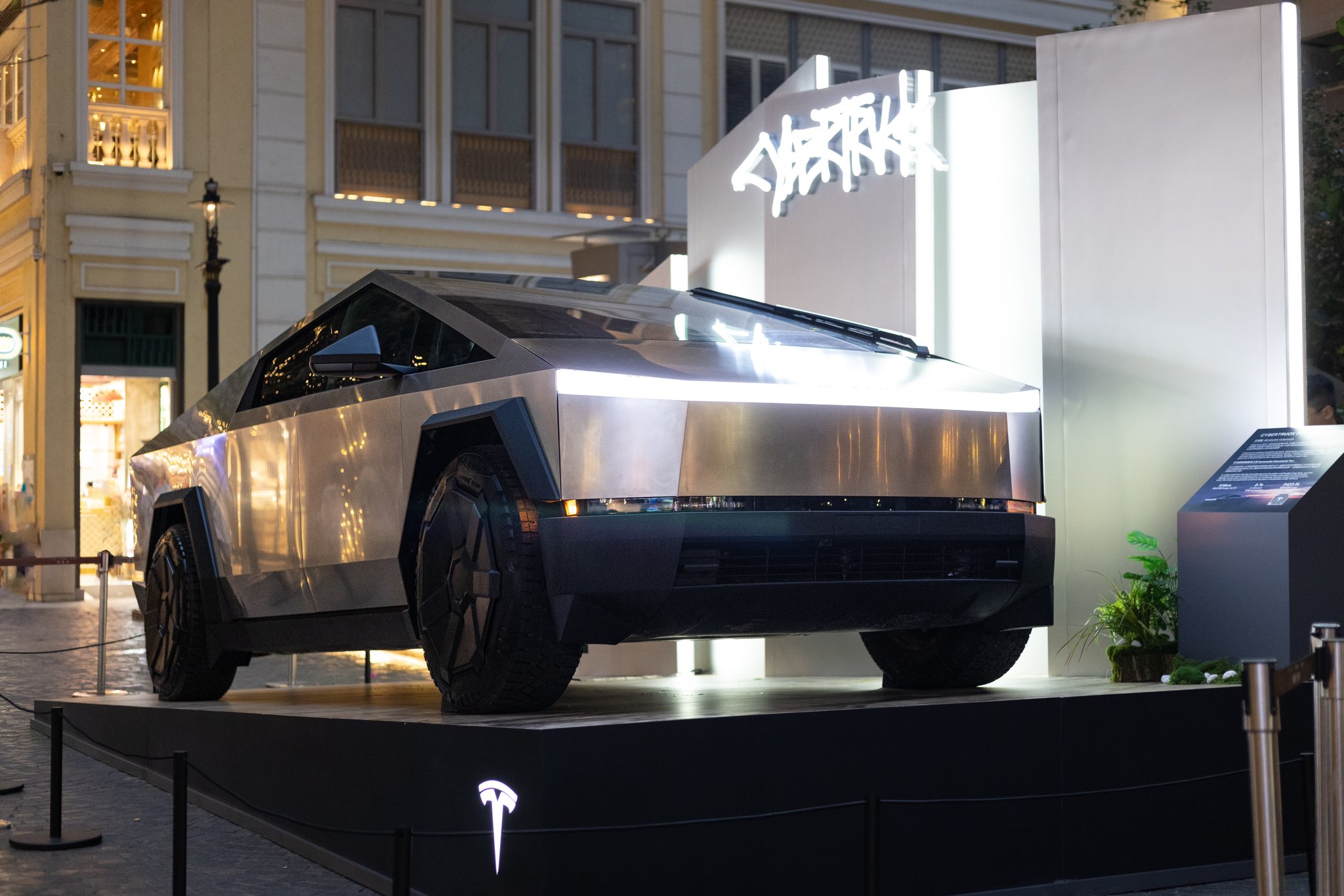
Elon Musk has seemingly confirmed that he will be sending a Tesla Cybertruck to 13-year-old Devarjaye “DJ” Daniel, a 13-year-old Houston boy fighting brain cancer. The teen was recognized as an honorary Secret Service member by U.S. President Donald Trump during his address to Congress on Tuesday.
A Chance Meeting
The Tesla CEO’s Cybertruck pledge was mentioned during DJ’s short interview with CNN’s Kaitlan Collins. When Collins asked the 13-year-old what he told the Tesla CEO, DJ answered that he asked for a Cybertruck.
“I said, ‘can you do me a big favor, when you get back to Houston can you send us a Cybertruck down there?’” the cancer fighter stated.
Daniel noted that Musk responded positively to his request, which was highlighted by Collins in a post on X. Musk responded to the post with a heart emoji, suggesting that he really will be sending a Cybertruck to the 13-year-old cancer fighter.
Teen’s Cancer Battle Inspires
Diagnosed in 2018 with a rare form of brain and spine cancer with no cure, Daniel has undergone 13 surgeries by the time he was 12. During his speech, Trump highlighted the 13-year-old’s long battle with his disease.
“Joining us in the gallery tonight is a young man who truly loves our police. The doctors gave him five months at most to live. That was more than six years ago. Since that time, DJ and his dad have been on a quest to make his dream come true,” Trump stated.
Daniels officially received an honorary badge from U.S. Secret Service Director Sean Curran, to much applause during the event.
Surprisingly Partisan
While Daniels’ story has been inspiring, Trump’s focus on the 13-year-old cancer fighter has received its own fair share of criticism. MSNBC host Nicolle Wallace, while referencing Daniels’ love for law enforcement, noted that she is hoping the 13-year-old never has to defend the U.S. capitol against Trump supporters. “If he does, I hope he isn’t one of the six who loses his life to suicide,” Wallace stated.
Anti-Musk and Trump accounts on X have also thrown jokes at the cancer fighter’s honorary badge, with some dubbing the 13-year-old as a “DEI hire” that should be looked into by DOGE.
Lifestyle
Tesla owner highlights underrated benefit of FSD Supervised
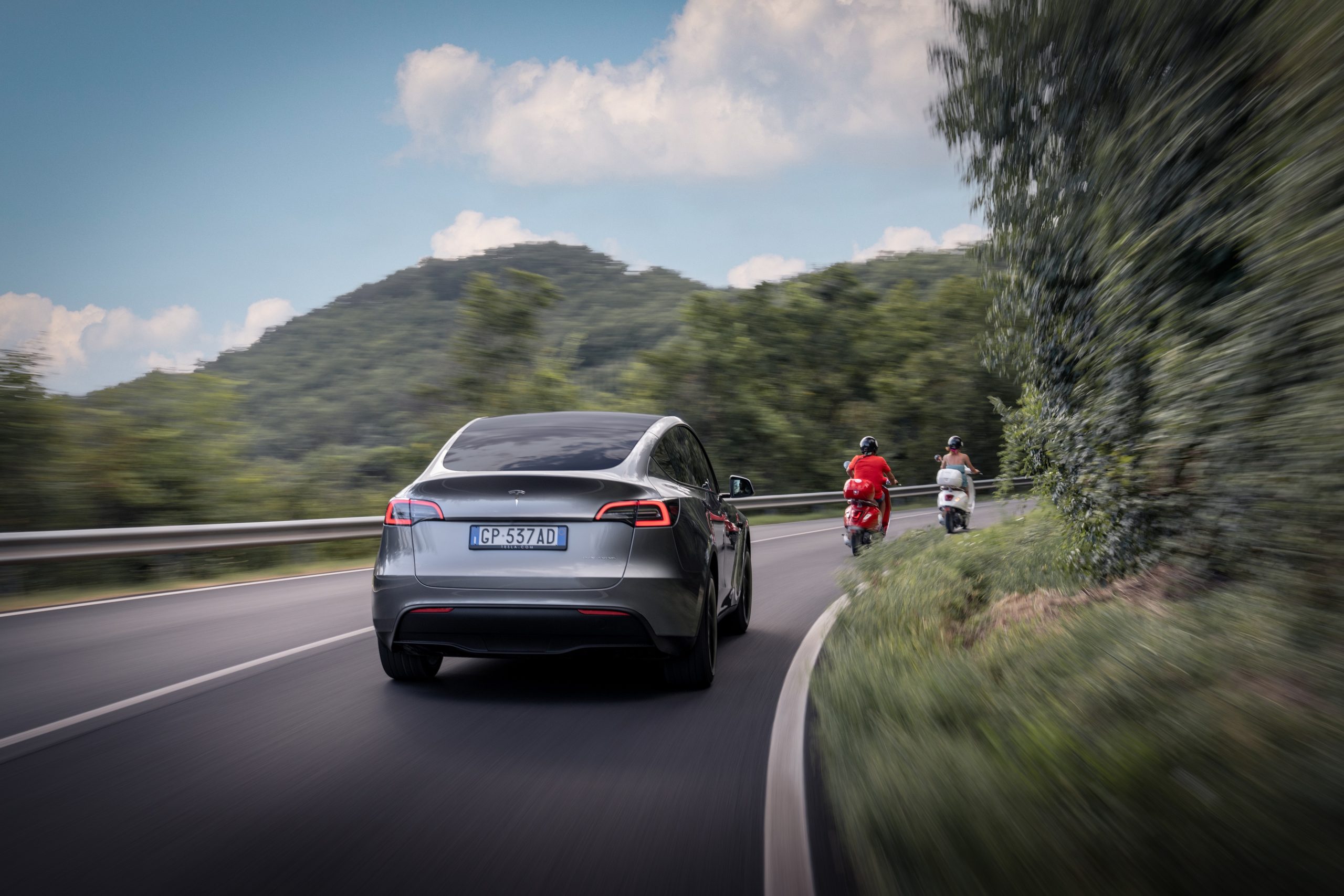
Elon Musk has been pretty open about the idea of FSD being the difference maker for Tesla’s future.
If Tesla succeeds in achieving FSD, it could become the world’s most valuable company. If it doesn’t, then the company would not be able to reach its optimum potential.
FSD Supervised’s safety benefits:
- But even if FSD is still not perfect today, FSD Supervised is already making a difference on the roads today.
- This was highlighted in Tesla’s Q4 2024 Vehicle Safety Report.
- As per Tesla, it recorded one crash for every 5.94 million miles driven in which drivers were using Autopilot technology.
- For comparison, the most recent data available from the NHTSA and FHWA (from 2023) showed that there was one automobile crash every 702,000 miles in the United States.
This morning, Tesla FSD proved to be an absolute godsend. I had to take my brother-in-law to the hospital in Sugar Land, TX, which is 40 miles away, at the ungodly hour of 4 AM. Both of us were exhausted, and he was understandably anxious about the surgery.
— JC Christopher (@JohnChr08117285) January 29, 2025
The convenience of…
FSD user’s tale:
- As per an FSD user’s post on social media platform X, FSD Supervised was able to help him drive a relative to a medical facility safely even if he was exhausted.
- During the trip, the driver only had to monitor FSD Supervised’s performance to make sure the Tesla operated safely.
- In a vehicle without FSD, such a trip with an exhausted driver would have been quite dangerous.
- “This morning, Tesla FSD proved to be an absolute godsend. I had to take my brother-in-law to the hospital in Sugar Land, TX, which is 40 miles away, at the ungodly hour of 4 AM. Both of us were exhausted, and he was understandably anxious about the surgery.
- “The convenience of sending the hospital’s address directly from my iPhone to my Tesla while still inside my house, then just a single button press once inside, and 40 miles later we were precisely in front of the hospital’s admissions area.This experience really underscores just how transformative this technology can be for society,” Tesla owner JC Christopher noted in his post.
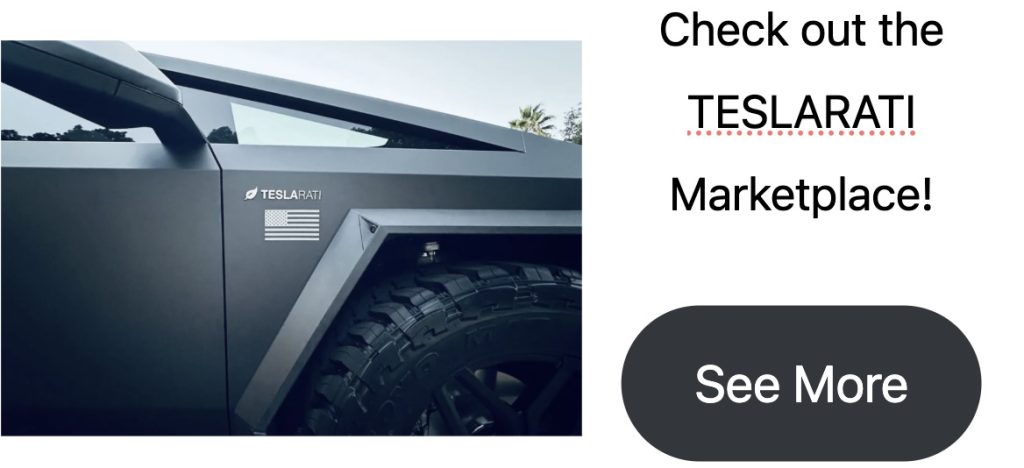
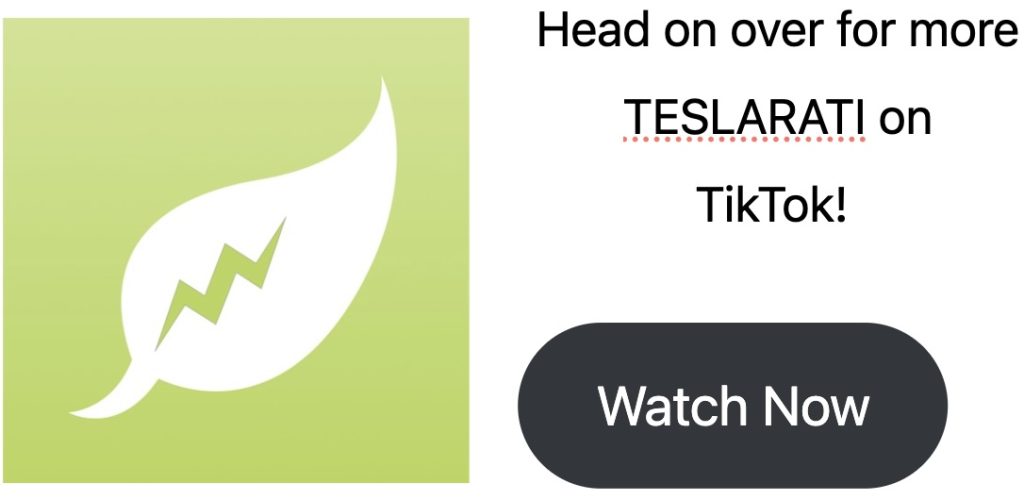
Don’t hesitate to contact us with news tips. Just send a message to simon@teslarati.com to give us a heads up.
Lifestyle
Tesla Optimus “stars” in incredible fanmade action short film
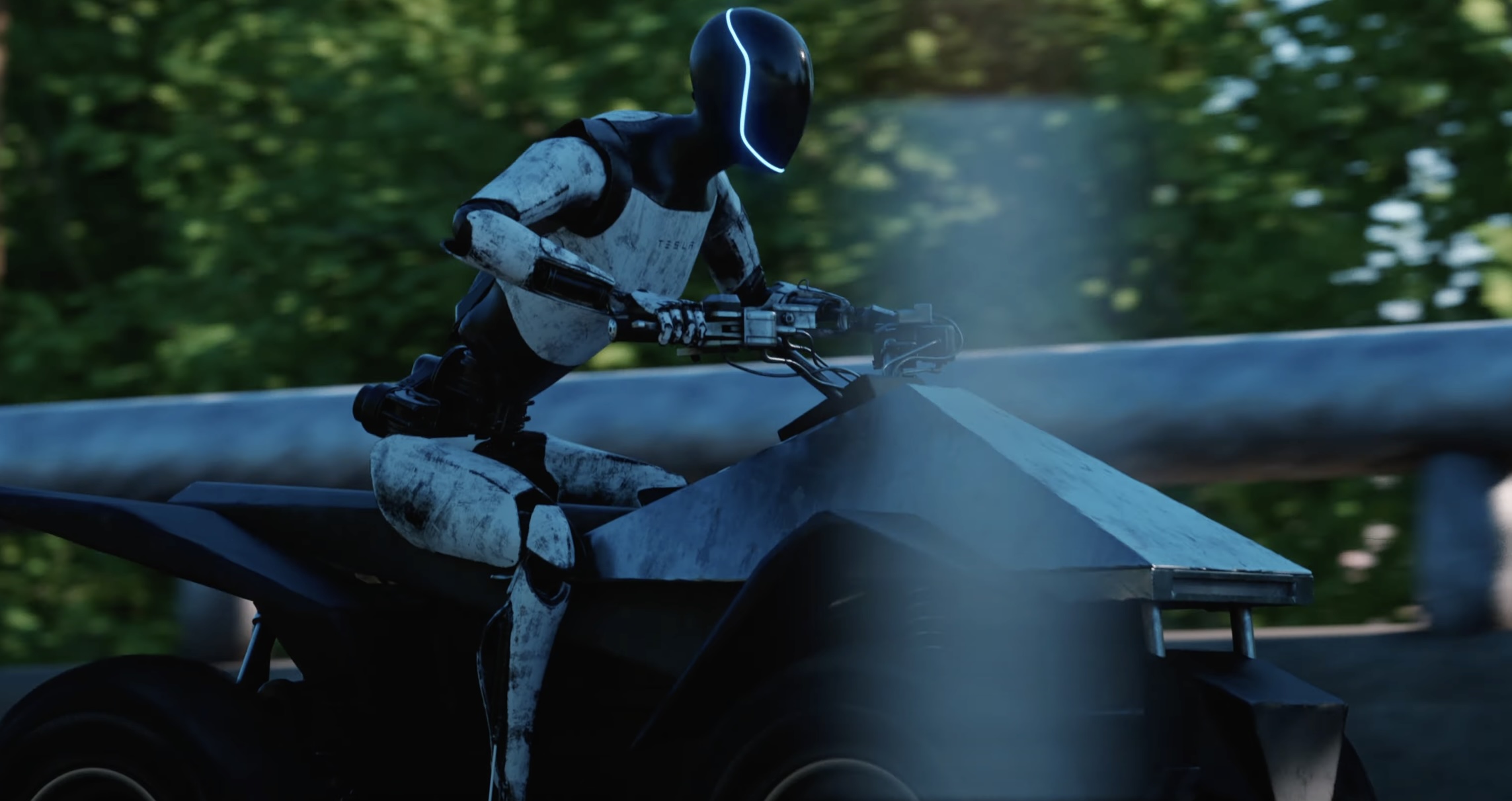
There are few things that prove an enthusiast’s love towards a company more than a dedicated short film. This was highlighted recently when YouTube’s SoKrispyMedia posted a 10-minute action movie starring Optimus, Tesla’s humanoid robot, as well as several of the company’s most iconic products.
The video:
- Shot like a Hollywood action flick, the video featured a rather humorous plot involving a group of thieves that mistakenly targeted a Tesla Model 3 driver.
- The Model 3 driver then ended up speaking to Tesla for assistance, and some high-octane and high-speed hijinks ensued.
- While the short film featured several Tesla products like the Model 3, Superchargers, and the Cybertruck, it is Optimus that truly stole the show.
- Optimus served several roles in the short film, from an assistant in a Tesla office to a “robocop” enforcer that helped out the Model 3 driver.
Future Robo-cop @Tesla_Optimus
— SOKRISPYMEDIA (@sokrispymedia) January 12, 2025
full video: https://t.co/TXpSRhcP5K pic.twitter.com/YFHZ7siAP7
Cool inside jokes:
- The best Tesla videos are those that show an in-depth knowledge of the company, and SoKrispyMedia definitely had it.
- From the opening scenes alone, the video immediately poked fun at TSLA traders, the large number of gray Tesla owners, and the fact that many still do not understand Superchargers.
- The video even poked fun at Tesla’s software updates, as well as how some Tesla drivers use Autopilot or other features without reading the fine print in the company’s release notes.
- The video ended with a tour de force of references to Elon Musk products, from the Tesla Cybertruck to the Boring Company Not-a-Flamethrower, which was released back in 2018.
Check out SoKrispyMedia’s Tesla action short film in the video below.
Don’t hesitate to contact us with news tips. Just send a message to simon@teslarati.com to give us a heads up.
-
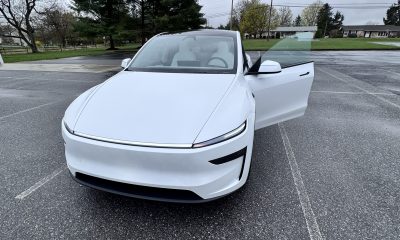
 News2 weeks ago
News2 weeks agoI took a Tesla new Model Y Demo Drive – Here’s what I learned
-
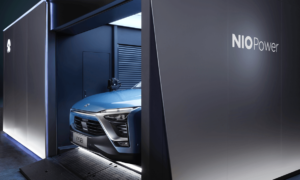
 News2 weeks ago
News2 weeks agoNIO Hong Kong shares rise as CATL eyes stake
-
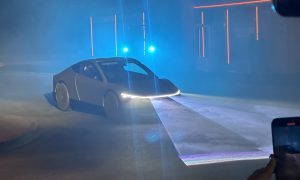
 News2 weeks ago
News2 weeks agoTesla cleared of some claims in Blade Runner lawsuit
-

 News2 weeks ago
News2 weeks agoElon Musk reportedly appealed to Trump over aggressive tariff policy: WaPo
-
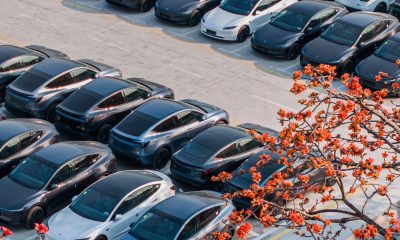
 News2 weeks ago
News2 weeks agoTesla China focuses on exports as Q2 begins
-
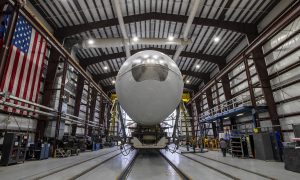
 News2 weeks ago
News2 weeks agoSpaceX takes over Space Force satellite mission from ULA
-
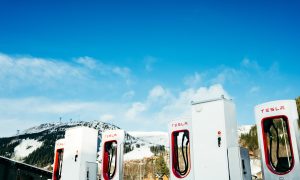
 News2 weeks ago
News2 weeks agoTesla Supercharger in Washington bombed, police and FBI step in
-
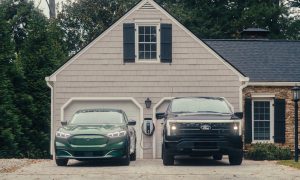
 News2 weeks ago
News2 weeks agoFord Launches Power Promise Program in the UK

